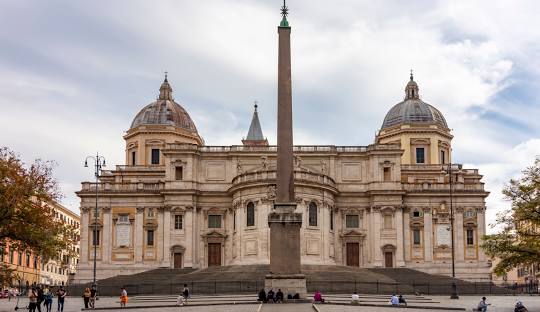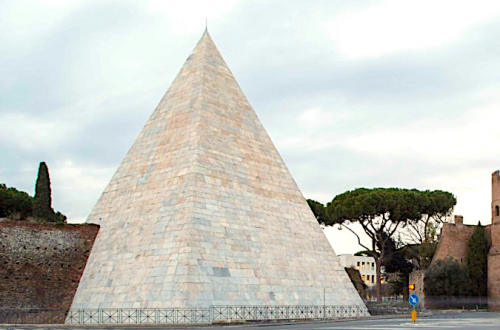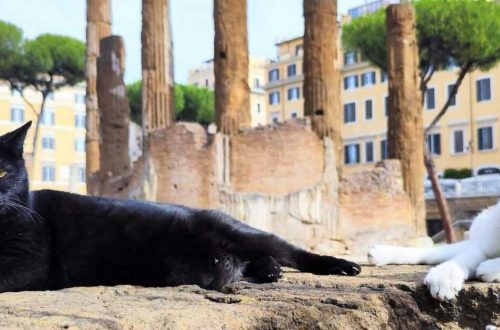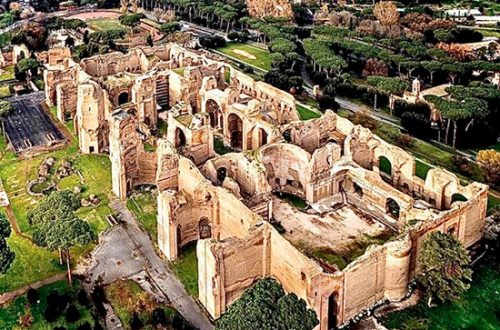
How many ancient obelisks in Rome?
The obelisks of Rome are among the most fascinating and iconic symbols of the Eternal City, serving as a testament to its rich history, cultural syncretism, and imperial ambition. Rome boasts the largest collection in the world, surpassing even Egypt, their land of origin. These towering monoliths, often inscribed with hieroglyphs, were originally created in ancient Egypt as sacred monuments to honor the gods, particularly the sun god Ra. They symbolized a connection between heaven and earth, a divine conduit channeling the power of the cosmos.
During the Roman Empire, many obelisks were brought to Rome as spoils of conquest, especially during the reigns of emperors like Augustus and Caligula. These emperors viewed obelisks as potent symbols of Rome’s dominance and sought to integrate their mystique into the heart of Roman culture. Other obelisks were not Egyptian imports but Roman creations, imitating Egyptian style to evoke the same sense of divine authority and timeless grandeur.
Throughout the centuries, the obelisks have been repurposed and repositioned, often to align with the Christianized cityscape of Renaissance and Baroque Rome. Pope Sixtus V, in particular, spearheaded efforts to re-erect these monuments, transforming them into Christian symbols by placing crosses atop their peaks. Today, these obelisks stand in prominent locations like the Vatican, Piazza Navona, and Piazza del Popolo, blending seamlessly with Rome.
Rome is home to 13 ancient obelisks, more than any other city in the world. These towering monuments, originally from Egypt or Roman-made in Egyptian style, have fascinating legends and histories. Here’s a brief overview of each:
1. Lateran Obelisk (Obelisco Lateranense)
- Legend: Brought from the Temple of Amun in Karnak, this is the tallest obelisk in Rome. It was said to have magical protective powers for the city of Thebes, and its removal symbolized Rome’s dominance over Egypt.
2. Vatican Obelisk
- Legend: Originally from Heliopolis, it was said to have stood in Caligula’s circus and witnessed Saint Peter’s martyrdom. Legend holds it houses the ashes of Julius Caesar in its bronze orb (now replaced with a cross).
3. Flaminio Obelisk (Piazza del Popolo)
- Legend: Carved during the reign of Pharaoh Seti I and Ramses II, it stood at the Sun Temple in Heliopolis. It was believed to channel the sun god Ra’s divine power.
4. Obelisk of Montecitorio
- Legend: Used as a giant sundial for Augustus’ solar clock in Campus Martius, it is thought to align with celestial events to signal Rome’s divine favor.
5. Obelisk of Piazza Navona
- Legend: Commissioned for the emperor Domitian, it symbolizes his claim to divine power. Legend says its placement atop Bernini’s Fountain of the Four Rivers imbued the fountain with mythical protection.
6. Quirinale Obelisk
- Legend: A Roman imitation of Egyptian style, it once flanked the entrance to the Mausoleum of Augustus. Some believed it guarded the emperor’s soul in the afterlife.
7. Esquiline Obelisk
- Legend: Paired with the Quirinale Obelisk, it was said to guide the spirits of Augustus’ family to the heavens.
8. Sallustian Obelisk
- Legend: Found in the Gardens of Sallust, it was thought to be a mystical symbol of regeneration for the lush, sacred gardens of ancient Rome.
9. Pincian Obelisk
- Legend: A Roman creation celebrating Hadrian’s reign. Locals say its move to the Pincian Hill in the 19th century brought good fortune to the gardens it oversees.
10. Obelisk of the Pantheon
- Legend: Brought to Rome by Ramses II, it was believed to enhance the Pantheon’s alignment with the cosmos, marking its sacred connection to the gods.
11. Obelisk of Dogali
- Legend: Originally from the Temple of Isis, this obelisk was later associated with the tragic Battle of Dogali (1887), serving as a somber reminder of Rome’s sacrifices.
12. Minerva Obelisk
- Legend: Carved for Pharaoh Apries, it was placed in front of the Church of Santa Maria sopra Minerva by Bernini. It rests on an elephant statue, symbolizing divine wisdom and strength.
13. Obelisk of Villa Celimontana
- Legend: This small obelisk is one of the oldest, dating to Pharaoh Ramses II. Hidden for centuries, it was rediscovered and now stands as a symbol of resurrection.
Each obelisk carries its own tale of conquest, spirituality, and mystery, weaving together the stories of ancient Egypt and Rome into enduring symbols of power and legacy.
![]()




